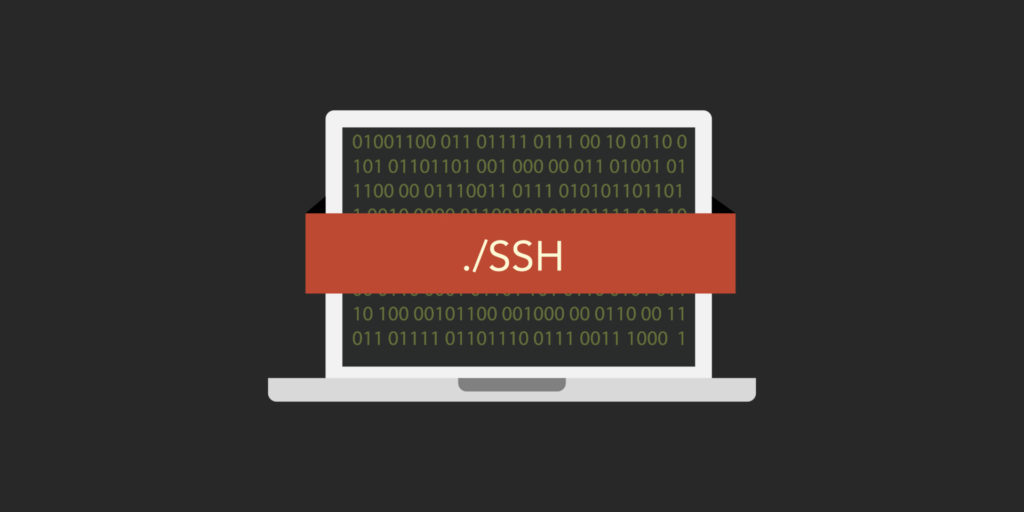Many IT professionals have long considered Linux to be the most secure operating system. Unlike other commonly used operating systems such as Windows or macOS, Linux is powered by an open-source community and is freely available for everyone to download. From its inception in 1991, security has been the primary cornerstone for the Linux operating system. The open-source nature of the operating system has been a primary reason for the secure nature of Linux OS. A global community of many skilled developers and IT professionals contribute to the Linux community and ensure that there are no security loose ends in the OS.
Is Linux really immune to cyberattacks?
Previously, the command-line based Linux operating systems were largely used for servers, datacenters, and other infrastructure management. However, a majority of the new Linux variants are now GUI-based and are catching up with Windows in terms of usage and popularity. This has not just increased the user base for Linux operating systems but has also increased the error-prone operations of users, which could potentially lead to security vulnerabilities. This has caught the attention of several cybercriminals as Linux is now being used as an everyday OS at several organizations.

Linux malware
The multitude of cyberattacks on Linux-based systems is less than that of Windows systems. The comparatively smaller number of cyberattacks on Linux is because Windows OS is used exponentially more than that of Linux systems. This is yet another reason for Linux attacks not gaining traction as attacks on Windows does. Still, there are several instances where Linux systems were compromised. Like Windows, Linux malware includes viruses, trojans, worms, and more.

There are several instances in the recent days where Linux systems fell a victim to ransomware attackers. Erebus, Encrypter RaaS, KillDisk, and Linux.Encoder are some of the Linux-based ransomware. Although we are yet to witness a large-scale cyberattack on Linux-based systems, the masterminds behind these attacks and other cybercriminals are inching closer toward exploiting the Linux systems.
Linux security: Best practices
Here are some of the best practices you can follow to secure your Linux systems:
Keep your systems updated
Always keep your systems, applications, and other tools or services such as firewalls and antivirus you use in your Linux machine updated. An old version of software is more vulnerable to a cyberattack. As a good practice always enable the automatic update option in your systems to stay ahead of the hackers.
Use strong passwords
Strong passwords add to the overall security and are the basis for locking down any system irrespective of the operating system. Make sure to update your passwords regularly and use multifactor authentication wherever and whenever possible. Users can also use a password generator and management services to automate the password generation and retrieval process.
Use SSH key pairs
Secure shell (SSH) key pairs adds an additional layer of security to Linux systems. These generally add more security than passwords in Linux environment as these systems are tough to break in using brute force. While SSH key pairs are not as simple and user-friendly as the traditional credentials are, it is far more secure.

Be watchful of network ports
One of the most common means of network attacks at an organizational level is open ports. These open ports can reveal a lot of information about the network infrastructure. The use of the “netstat” command can come in very handy to monitor all the network ports along with the details of their connections. It is also very important to close the hidden ports which are not in use.
Constantly monitor log files
Brute-force attacks are common in Linux systems and servers. No matter how strong the passwords are or how secure your network is, there is always a chance for an intruder to break into your system by means of brute force. Constantly monitoring network, application, firewall, and system logs can provide valuable insights to forecast potential cyberthreats. The use of intrusion-prevention software can help in serving the purpose of keeping your systems secure.
Security risks beyond the Linux operating system
No operating system is bulletproof and a major part of securing systems depends on how we use them. Lack of proper awareness, knowledge, and tools could lead to serious damage in the form of cyberattacks. Moreover, a majority of cyberattacks are beyond the scope of the operating system and can equally affect any operating system. Network attacks can be prevented by having a strong firewall in place and keeping any potential intruders beyond the operating system’s control. Similarly, someone falling prey to phishing, using aged software, and unsafe use of devices can also open the door to attackers.
Images: Shutterstock




Great post! Thanks for sharing. There are a bit more details on this Linux Security article:
A LOOK AT LINUX – Threats, Risks, and Recommendations
https://www.trendmicro.com/vinfo/us/security/news/cybercrime-and-digital-threats/a-look-at-linux-threats-risks-and-recommendations
Good write-up Sukesh!
I’d also recommend security and privacy concerned individuals to seek out specific Linux OS versions. In particular Qubes or Tails. Both have significant security advantages over other variants.
I personally use Qubes, it’s fantastic. Basically a ton of virtual environments you can compartmentalize and nuke if an infection happens.
Couldn’t agree more. Qubes does the magic!